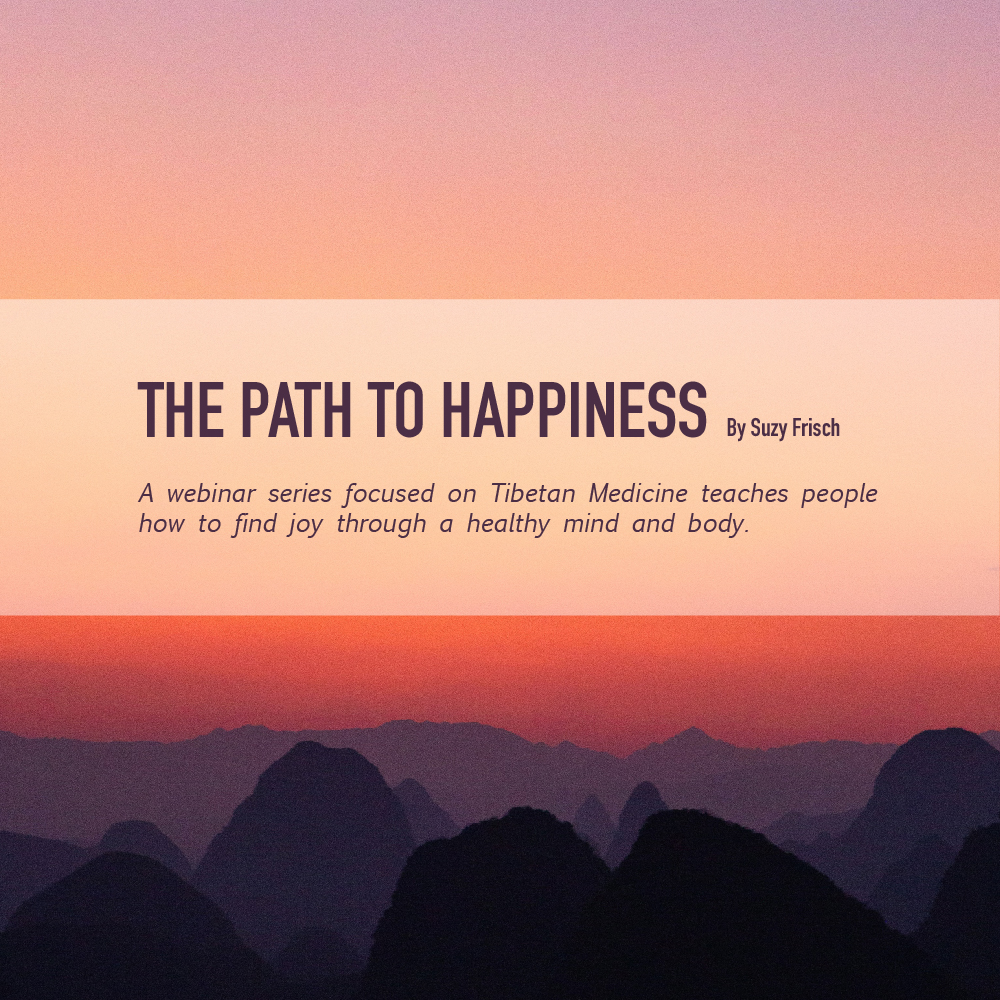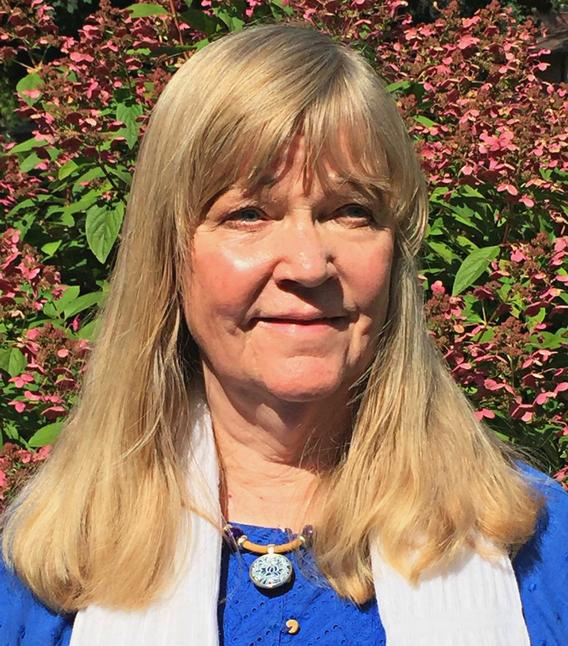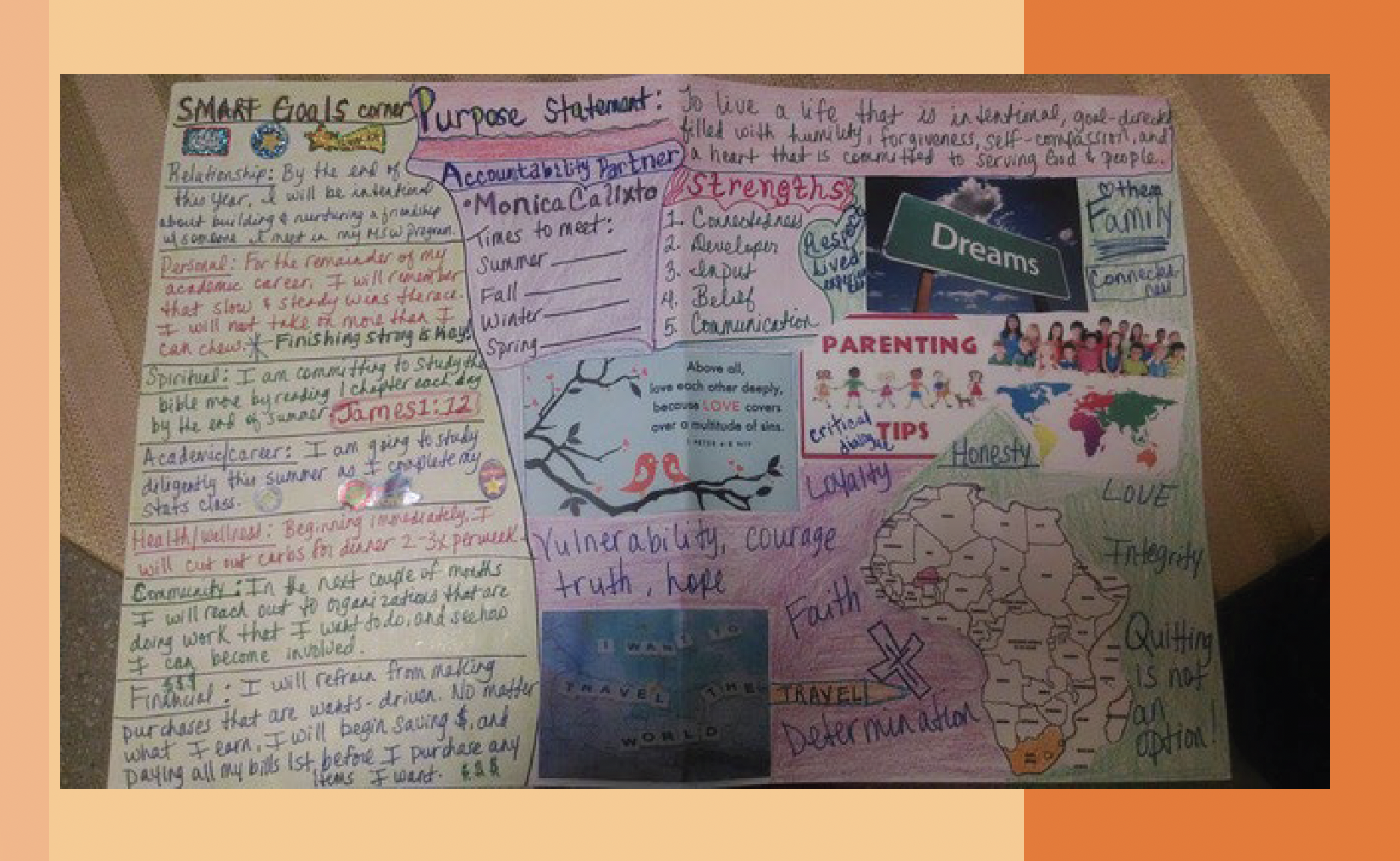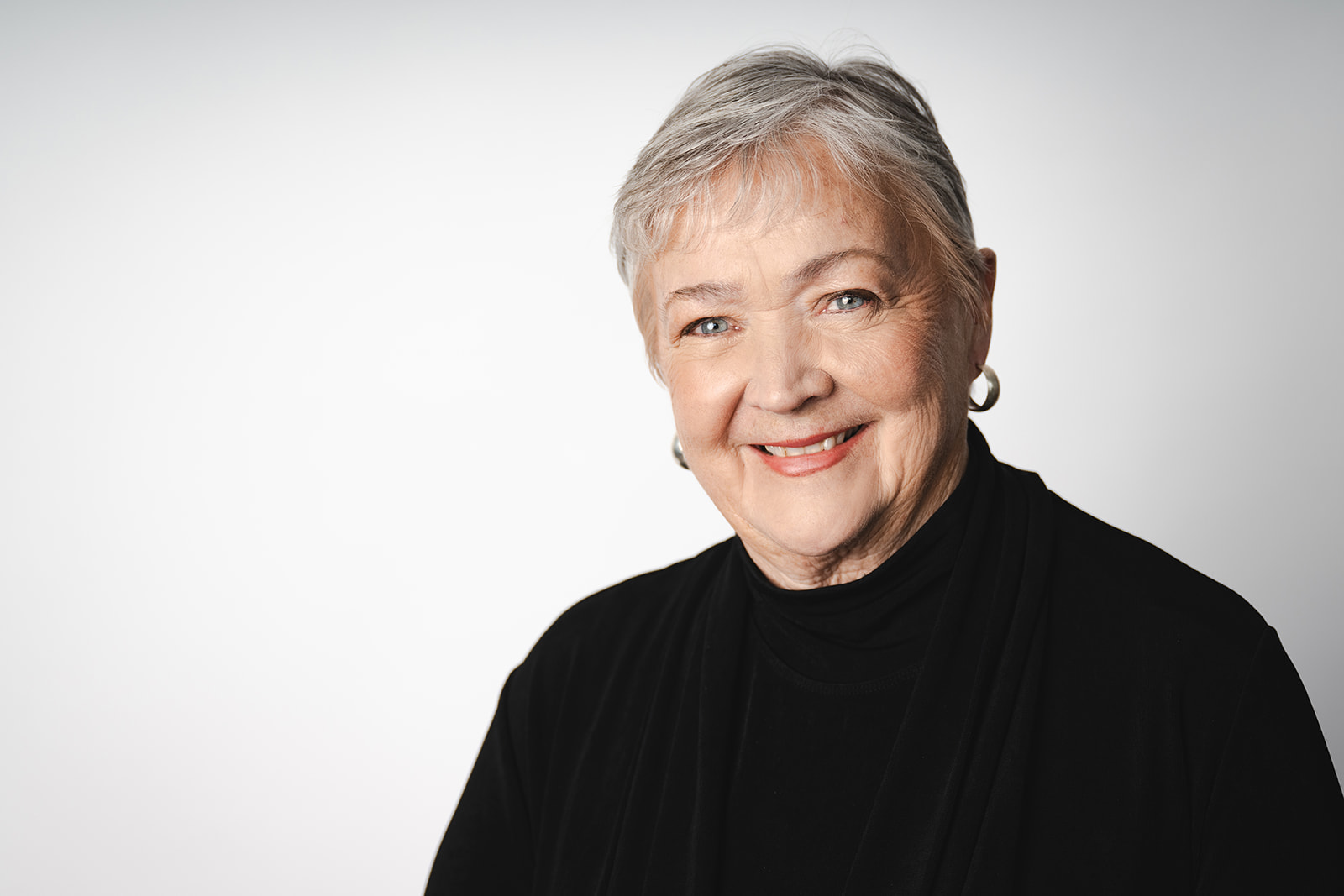The Path to Happiness
A webinar series focused on Tibetan Medicine teaches people how to find joy through a healthy mind and body
November 23, 2022
Suzy Frisch

The guiding principle of Tibetan Medicine- that the purpose of life is to be happy- couldn’t have been more timely than during the Covid-19 pandemic. The stress, worry, and isolation of this momentous time prompted the Bakken Center for Spirituality & Healing to find ways to spread messages of hope, healing, and empowerment. What better method to help people take charge of their health and happiness than through Tibetan Medicine?
Fortunately, the Bakken Center is rich with resources and experts who share their research and wisdom, thanks to its Yoga and Tibetan Healing Initiative (THI) focus area. Center Director Mary Jo Kreitzer, PhD, RN, FAAN, and Sue Nankivell, Director of Business Development and Community Relations invited Miriam Cameron, PhD, RN, graduate faculty member and lead faculty of THI, and Tenzin Namdul, PhD, a Tibetan medicine physician and graduate faculty member, to develop a series of webinars. They aimed to help participants explore the science, psychology, and healing philosophies of Tibetan Healing.
The Center released the free, three-part Joyful Living! webinar series in April and May 2022, featuring presentations by

Cameron and Namdul on how to create a healthier mind and body by embracing happiness. Yongey Mingyur Rinpoche, a world-renowned meditation teacher, taught the third webinar about transforming fear into joyful living. Through the series, Namdul and Cameron provided an understanding of Tibetan Healing and practical, valuable tools people can use to care for themselves, others, and the planet-and be happy.
“If I’m happy, I’m more likely to reach out and help others. If I’m unhappy, I’m needy and I want people to do things for me,” Cameron explains. “The way to have a better life is to be happy and do what you can to make other people happy. The Dalai Lama uses an example: Even if there is a storm on the surface of the ocean, it’s calm deep down. So how can we stay calm deep down even if we’re feeling rocky on the surface?”
Deep roots at the Bakken Center
Cameron joined the Center faculty in 2001 and soon after published her book, Karma & Happiness: A Tibetan Odyssey in Ethics, Spirituality, and Healing, with a forward by His Holiness, the 14th Dalai Lama. A nurse for two decades, Cameron had been practicing yoga for years when she got interested in Tibetan medicine in the late 1990s. She launched the Tibetan Healing Initiative at the Center to share this system of whole-person health through teaching, research, and outreach. Throughout the years, Cameron created four courses at the Center, including topics such as traditional Tibetan Medicine and Tibetan Medicine, Ayurveda, and yoga in India.

Namdul and Cameron began collaborating on research in 2001 when he still lived in India. Together, they wrote Tibetan Medicine and You: A Path to Wellbeing, Better Health, and Joy. Director of the clinical research department at Men-Tsee-Khang, the famous Tibetan Medical Institute in India, Namdul earned his doctorate in cultural anthropology from Emory University. He joined the University of Minnesota faculty in 2020 and recently completed post-doctoral research in the School of Public Health, Division of Epidemiology and Community Health.
During the webinars, Cameron and Namdul teach fundamental Tibetan Medicine concepts. For example, they stress the importance of shifting one’s focus from the self to the macro society, stemming from the core belief that people are all interconnected and rely on each other.
“In Tibetan Medicine, one of the best tools for addressing any situation that impacts the individual as well as society is to shift that gaze from the individual to the larger community. The key root cause of illness or suffering is really having so much focus on oneself,” Namdul says. “We wanted the Tibetan Medicine webinar series to speak to our day-to-day life and our current situation. During the pandemic, it was even more pronounced that we can’t be self-centered because in order for me to be able to lead a more normal life, I need to care for people in my society.”
Namdul and Cameron also introduced webinar participants to a central concept of Tibetan Medicine that everyone is born with a unique constitution comprised of three primary energies. Following Sowa Rigpa, the Tibetan science of healing, they developed the Constitutional Self-Assessment Tool and the Lifestyle Guidelines Tool. These tools help people evaluate their individual natures and discover ways to be healthier by living in harmony with them.
Wider purpose
The Bakken Center saw the Tibetan Medicine webinar series as a way to meet the moment by sharing Cameron and Namdul’s expertise with the larger community, says Sue Nankivell, Director of Business Development and Community Relations at the Center. “The premise of Tibetan medicine, that the purpose of life is to be happy, is really timely because we’ve been collectively in such a world of hurt. How do we provide our audiences with information on ways for people to take care of themselves and grow and have tools to enhance their wellbeing? That’s our mission,” Nankivell says. “The underlying theme was to offer some hope and some light and empower people to take charge of their wellbeing in an integrative way.”
“Another goal in sharing the guiding principles of Tibetan Medicine was to encourage people to use any tool available, from a rich diversity of cultures, to promote their health and wellbeing and advocate for themselves”, Kreitzer says. “Integrative health means both bringing in complementary practices from outside Western medicine as well as incorporating healing systems from around the world.”
“It’s really important to understand culturally based healing traditions and practices. There is so much we can learn. In Minnesota, indigenous Native American practices are certainly important, and so is understanding Tibetan healing,” Kreitzer adds, noting that Minnesota has one of the largest Tibetan populations in the United States.
With its whole person approach to health—mind, body, and spirit—Tibetan medicine reflects the Center’s work to promote individual wellbeing and give people who work in health care tools to share with their patients, Kreitzer says. Community-based healers, physicians, nurses, psychologists, and others regularly participate in the Center’s Yoga and Tibetan medicine courses, along with offerings in Ayurveda from India and other holistic health traditions like Hawaiian, African, and Asian healing.
“Understanding culturally based healing is of enormous value because in Minnesota we are becoming more heterogenous,” Kreitzer says. “It’s really important for health care providers to understand how you support people who come from different traditions.”
Changing Lives
Whether Cameron is teaching a class or giving a presentation about Tibetan medicine, she has seen time and again the impact it has on people. It is an expansive subject, she says. Yet Tibetan medicine’s central principles of finding balance between a healthy mind and body, practicing loving-kindness, and being compassionate towards the self and others are universal and easy to incorporate into daily life.
“Tibetan medicine is empowering because it shows what people can do to create a happy life. There are practices that are practical and can be integrated into their self-care and other health practices,” Cameron says. “It changes students’ lives.”
Learn more about Tibetan medicine by viewing the webinar series on our website at csh.umn.edu. You may also use the free Constitutional Self-Assessment Tool and the Lifestyle Guidelines Tool, and explore our academic courses in Tibetan medicine and the Hatha Yoga Teacher Training.



